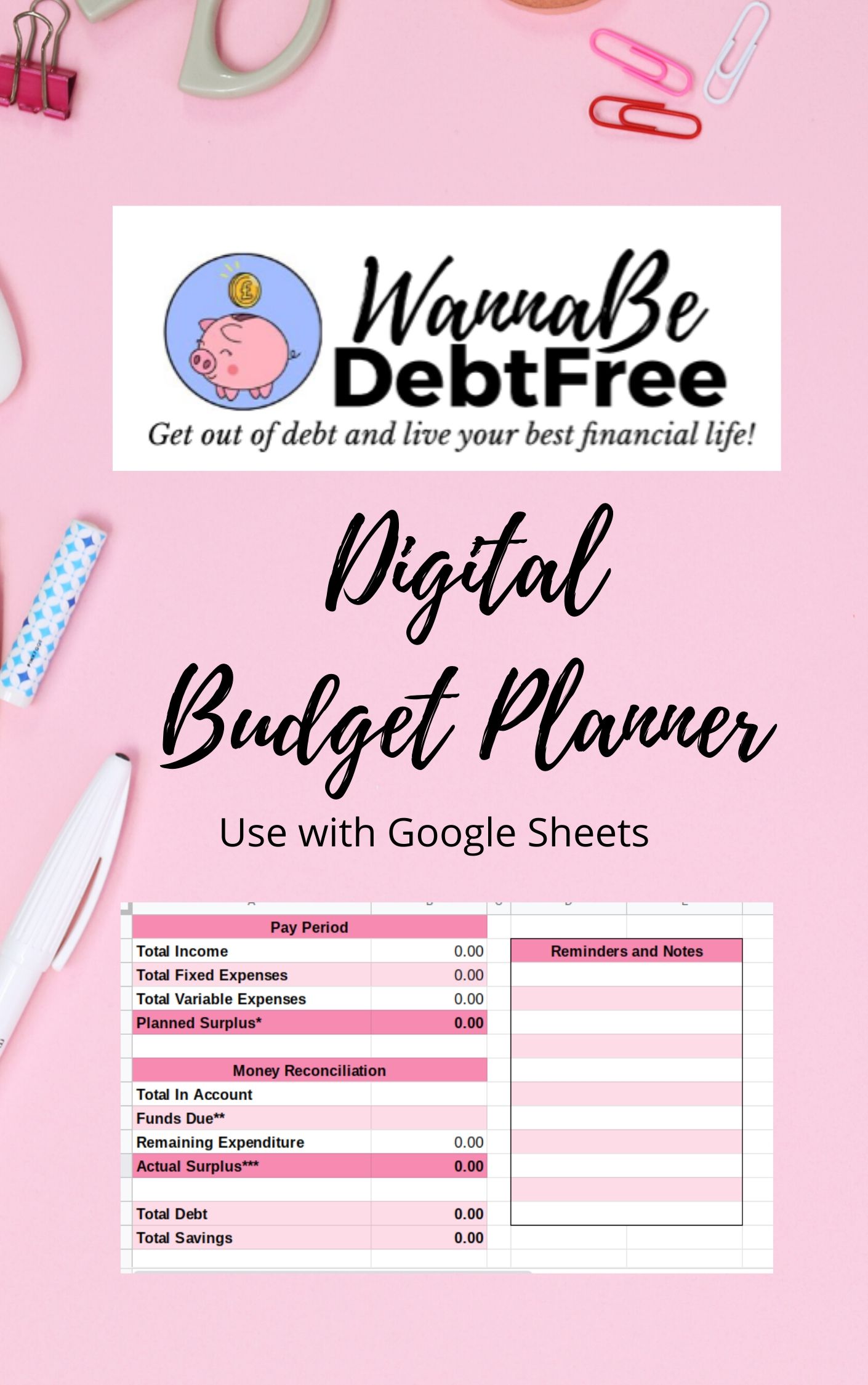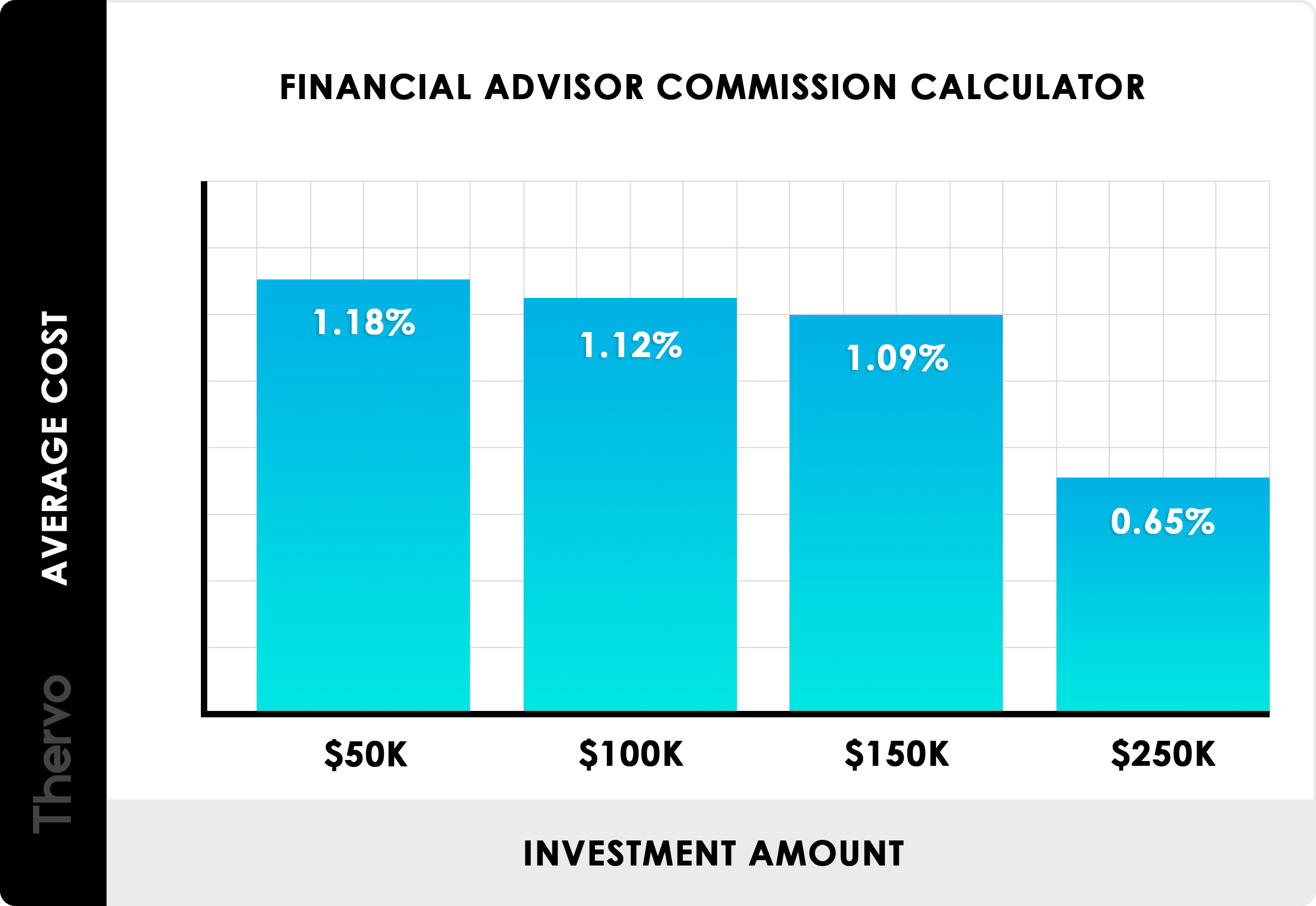
It's a smart decision to invest in a 401k with no redemption fees. You won't have pay out of pocket to get the money but you will still be able to enjoy all the benefits. There are some things that you need to remember before you make a decision about a plan.
Investing in your 401k at a 0.50% Annual Fee
When investing in your retirement plan, you need to be mindful of the fees. There are two types generally of fees: plan fees, and individual participant fee. Plan fees cover the cost of managing the plan, while individual participant fees are charged for optional services. Both are deducted from the account and should both be understood before deciding which investment fund.
Investment fees are often charged as a percentage of the account balance. If you invest $50,000 in a fund that charges a 0.50% annual charge, $300 will be charged in annual fees. These fees quickly add up and can easily reach $3,000 per annum by the age of retirement. These fees could cause you to lose thousands in savings.

A portfolio that is suited to your financial situation will help you achieve your financial goals. For instance, stock funds can offer a better return if you're looking for higher returns. Additionally, diversifying your portfolio can reduce risk and maximize returns. However, it is important to keep in mind that your risk tolerance should never be exceeded.
If you're looking for the lowest costs, low-cost investments are often the best choice. However, if you are a bit more risk-averse, investing in a fund with higher expenses may be worth it. This could lead to higher returns and access to an experienced investment manager. You must decide if the fees are reasonable in each case.
Investing with a 409k with a 22% annual fee
A 401(k), as long as there are no excessive fees, is often a good option. The annual fee for most plans is usually 1%, but some plans may charge higher. Remember that the annual fee you pay can have an impact on your return on investment. Your return on investment may be affected by the amount you pay. For example, if your 401(k has $50,000 and charges a 2% annual redeem fee, your return will be $500. Some employers will even agree to pay a portion of the fees, as long as the plan has low expense ratio. This ensures that your contribution is invested in a high percentage.
These fees are often overlooked by investors, but they can add up to a significant expense. According to a recent TD Ameritrade survey, only 27% were aware that their 401k fees existed. Fees can have negative effects on your returns so you should choose a plan with low annual expenses.

Consider whether a plan in a 401k is a long-term one. You can liquidate your 401k account to get cash, even though the funds should be retained for the long-term. But if you require cash urgently, you might be able to borrow from your 401 (k). This is money you can use for the rest your life.
FAQ
How can I get started in Wealth Management?
The first step in Wealth Management is to decide which type of service you would like. There are many types of Wealth Management services out there, but most people fall into one of three categories:
-
Investment Advisory Services. These professionals will assist you in determining how much money you should invest and where. They provide advice on asset allocation, portfolio creation, and other investment strategies.
-
Financial Planning Services - A professional will work with your to create a complete financial plan that addresses your needs, goals, and objectives. A professional may recommend certain investments depending on their knowledge and experience.
-
Estate Planning Services – An experienced lawyer can guide you in the best way possible to protect yourself and your loved one from potential problems that might arise after your death.
-
Ensure they are registered with FINRA (Financial Industry Regulatory Authority) before you hire a professional. If you do not feel comfortable working together, find someone who does.
What is a financial planner? And how can they help you manage your wealth?
A financial planner is someone who can help you create a financial plan. They can evaluate your current financial situation, identify weak areas, and suggest ways to improve.
Financial planners are professionals who can help you create a solid financial plan. They can assist you in determining how much you need to save each week, which investments offer the highest returns, as well as whether it makes sense for you to borrow against your house equity.
Most financial planners receive a fee based upon the value of their advice. However, there are some planners who offer free services to clients who meet specific criteria.
What are the most effective strategies to increase wealth?
It's important to create an environment where everyone can succeed. You don't need to look for the money. If you don't take care, you'll waste your time trying to find ways to make money rather than creating wealth.
You also want to avoid getting into debt. Although it is tempting to borrow money you should repay what you owe as soon possible.
You can't afford to live on less than you earn, so you are heading for failure. When you fail, you'll have nothing left over for retirement.
So, before you start saving money, you must ensure you have enough money to live off of.
Statistics
- According to Indeed, the average salary for a wealth manager in the United States in 2022 was $79,395.6 (investopedia.com)
- As of 2020, it is estimated that the wealth management industry had an AUM of upwards of $112 trillion globally. (investopedia.com)
- Newer, fully-automated Roboadvisor platforms intended as wealth management tools for ordinary individuals often charge far less than 1% per year of AUM and come with low minimum account balances to get started. (investopedia.com)
- A recent survey of financial advisors finds the median advisory fee (up to $1 million AUM) is just around 1%.1 (investopedia.com)
External Links
How To
How to Invest Your Savings To Make More Money
Investing your savings into different types of investments such as stock market, mutual funds, bonds, real estate, commodities, gold, and other assets gives you an opportunity to generate returns on your capital. This is what we call investing. This is called investing. It does not guarantee profits, but it increases your chances of making them. There are many ways to invest your savings. Some of them include buying stocks, Mutual Funds, Gold, Commodities, Real Estate, Bonds, Stocks, and ETFs (Exchange Traded Funds). These methods are discussed below:
Stock Market
The stock market is an excellent way to invest your savings. You can purchase shares of companies whose products or services you wouldn't otherwise buy. You can also diversify your portfolio and protect yourself against financial loss by buying stocks. If oil prices drop dramatically, for example, you can either sell your shares or buy shares in another company.
Mutual Fund
A mutual fund refers to a group of individuals or institutions that invest in securities. They are professionally managed pools with equity, debt or hybrid securities. The mutual fund's investment goals are usually determined by its board of directors.
Gold
Long-term gold preservation has been documented. Gold can also be considered a safe refuge during economic uncertainty. It is also used in certain countries to make currency. Gold prices have seen a significant rise in recent years due to investor demand for inflation protection. The price of gold tends to rise and fall based on supply and demand fundamentals.
Real Estate
The land and buildings that make up real estate are called "real estate". You own all rights and property when you purchase real estate. For additional income, you can rent out a portion of your home. The home could be used as collateral to obtain loans. The home may also be used to obtain tax benefits. However, you must consider the following factors before purchasing any type of real estate: location, size, condition, age, etc.
Commodity
Commodities are raw materials like metals, grains, and agricultural goods. As these items increase in value, so make commodity-related investments. Investors who want the opportunity to profit from this trend should learn how to analyze charts, graphs, identify trends, determine the best entry points for their portfolios, and to interpret charts and graphs.
Bonds
BONDS are loans between corporations and governments. A bond is a loan agreement where the principal will be repaid by one party in return for interest payments. If interest rates are lower, bond prices will rise. An investor buys a bond to earn interest while waiting for the borrower to pay back the principal.
Stocks
STOCKS INVOLVE SHARES OF OWNERSHIP IN A COMMUNITY. Shares only represent a fraction of the ownership in a business. You are a shareholder if you own 100 shares in XYZ Corp. and have the right to vote on any matters affecting the company. You also receive dividends when the company earns profits. Dividends are cash distributions paid out to shareholders.
ETFs
An Exchange Traded Fund, also known as an ETF, is a security that tracks a specific index of stocks and bonds, currencies or commodities. ETFs are traded on public exchanges like traditional mutual funds. The iShares Core S&P 500 eTF, NYSEARCA SPY, is designed to follow the performance Standard & Poor's 500 Index. This means that if you bought shares of SPY, your portfolio would automatically reflect the performance of the S&P 500.
Venture Capital
Ventures capital is private funding venture capitalists provide to help entrepreneurs start new businesses. Venture capitalists can provide funding for startups that have very little revenue or are at risk of going bankrupt. Venture capitalists usually invest in early-stage companies such as those just beginning to get off the ground.